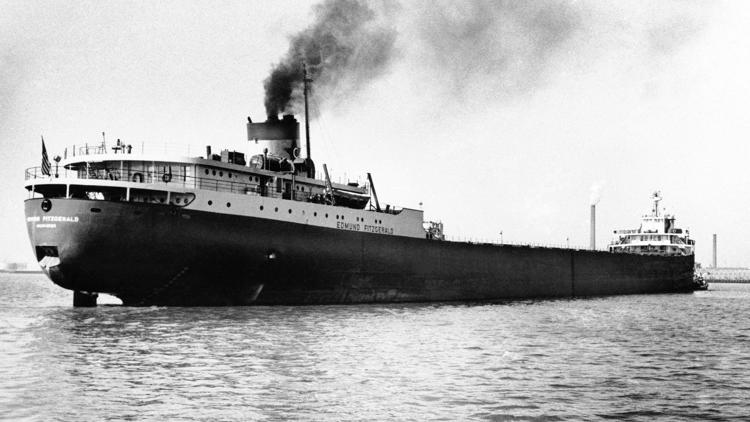The sinking of the S.S. Edmund Fitzgerald on November 9, 1975, remains one of the most haunting maritime disasters in American history. As the 50th anniversary approaches, the mystery surrounding the vessel’s final voyage continues to captivate the public. The ship, named after the president of Northwestern Mutual Life Insurance, was a significant presence on Lake Superior, having launched on June 8, 1958. At 729 feet long and weighing over 13,000 tons, it held the title of the largest ship on the Great Lakes for over a decade.
On that fateful day, the Edmund Fitzgerald was transporting a load of taconite from Superior, Wisconsin, to Zug Island, Detroit, Michigan. As a fierce storm surged across the lake, visibility diminished. Reports from the Great Lakes Shipwreck Museum indicate that another vessel, the S.S. Arthur M. Anderson, lost sight of the Fitzgerald on radar about ten miles behind. The following day, the ship was declared missing, prompting an extensive search. Tragically, all 29 crew members aboard were presumed lost after wreckage from two lifeboats was discovered.
Determining the cause of the sinking has proven elusive. Captain Bernie Cooper, who piloted the Anderson, suggested that the Fitzgerald may have drifted dangerously close to shallow waters, leading to its demise. In 1977, an official report from the U.S. Coast Guard identified the most probable cause as a loss of buoyancy and stability due to significant flooding in the cargo hold. The flooding was attributed to ineffective hatch closures during turbulent seas.
Over the decades, various theories have emerged, ranging from a catastrophic fracture in the hull to the possibility of a rogue wave overwhelming the vessel. Despite the speculation, the exact reasons for the sinking remain uncertain.
The enduring legacy of the Edmund Fitzgerald can be attributed to several factors. It is often regarded as the second-most famous shipwreck in modern American history, following the RMS Titanic. The recency of the tragedy resonates with many, as several families of the lost crew members are still alive to recount their stories. For instance, Missy Clark-Nabozny, whose grandfather, John Simmons, was aboard the ship, described the aftermath of the disaster as a “quiet chaos” filled with sorrow.
In addition to personal narratives, the ship’s legacy has been immortalized in popular culture. Canadian singer Gordon Lightfoot released the folk song “Wreck of the Edmund Fitzgerald” in 1976, which paid tribute to the sailors who perished. The song’s haunting melody and poignant lyrics have made it a timeless classic, keeping the memory of the ship alive.
In recent years, the story of the Edmund Fitzgerald has experienced a resurgence, particularly on social media platforms like TikTok, where users share videos that recount the tragic events of the ship’s final hours. This modern engagement highlights the continuing fascination with the disaster and ensures that the legacy of the Edmund Fitzgerald endures for future generations.
As the anniversary is commemorated, the combination of personal stories, historical significance, and cultural references ensures that the memory of the Edmund Fitzgerald will not fade from public consciousness. The maritime disaster serves as a solemn reminder of the unpredictable nature of the Great Lakes and the risks faced by those who navigate its waters.







